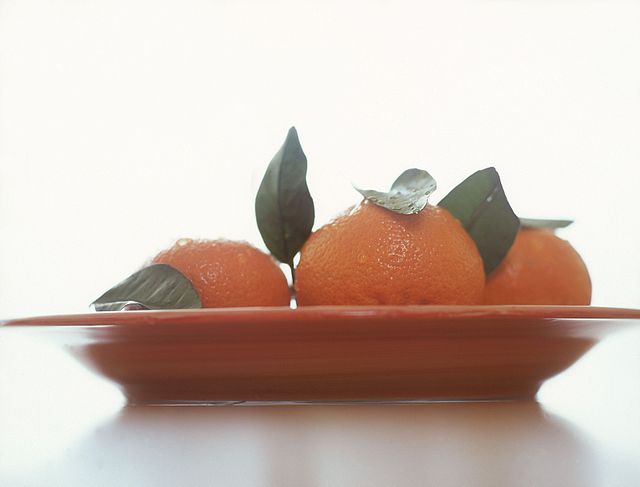The peak harvest of Ojai Valley pixies in southern California is back, a time when the petite fruits paint groves orange. For 2025, production by keynote growers is up while inns that stock specialty goodies are theming Lent offers with pixies.
Family producer supporter, Melissa’s Produce cites a bigger harvest than 2024’s of smaller fruits with a Brix of 18º.
Guarding a unique cultivation history is the Ojai Pixie Growers cooperative, to which many of the valley’s 52 smallholder farms belong.
Sustainable production has helped insure production of 2 million pounds (2012) and yearly sales growth of 33% (2024).
Organic cultivation through personal tending, manual clipping and hand-picking has helped nurture tasty late-season citrus.
Additionally, weather patterns have conspired with growers to make it possible for their pixie to hit the markets late in the season. Just when the California citrus season enters the final stretch in January, the pixie usually kicks off late February.
The timing provides a scoop for local restaurants to whom customers turn for pixie dishes.
Eateries from the southern coast up to the Bay area brim with clientele in search of pixie pies around April.
So far in 2025, inns are already offering pixie-themed foods fitting the Lent season, such as olive oil cakes and loaves.
What are Pixies?
Pixies are tangerines (Citrus reticulata) that grow in Ojai Valley in southern California hence the prefix “Ojai” to distinguish their origin.
They are superior in sweet taste because of their seedless nature, and for this reason they are eaten raw or as pie garnishing.
The Ojai Valley currently has 25,000 trees in its groves that run across 52 family grower farms.
Although the harvest normally starts late February through March, the fruits are still available in markets until early summer.
Outside the market, the pixies have become a cultural phenomenon, with April now an Ojai Pixie month across the valley. The celebration features music and accommodation spots with culinary treats that vibe with the pixie garnishes.
It therefore feels like California is the place to be to enjoy a treat of the petite bright orange fruit this March. To learn more about this cuisine-friendly tangerine, skim the statistics below.
California Ojai Pixies General Statistics
Ojai pixies thrive in southern California under a temperature range of 70-90 degrees Fahrenheit, daytime, to 35-50 degrees at night. As of 2024, some 25,000 trees made up the pixie population in the Ojai Valley alone, across 52 smallholder farms. In 2012, the Ojai pixie production volume was at 2 million pounds, according to Sunset Magazine.
According to Melissa Produce, the Ojai Valley Pixie Growers Association and its farmers produce the crop under manual methods. This is manifest in the fact that the largest grove is manageable manually, for it is only 16 acres.
Is California a big tangerine producer?
With its rare pixies, California, also leads the national tangerine output. In 2024, the Golden State produced nearly all tangerines in the U.S. at 880,000 tonnes out of 906,000 tonnes, while Florida added 6,000 tonnes.
